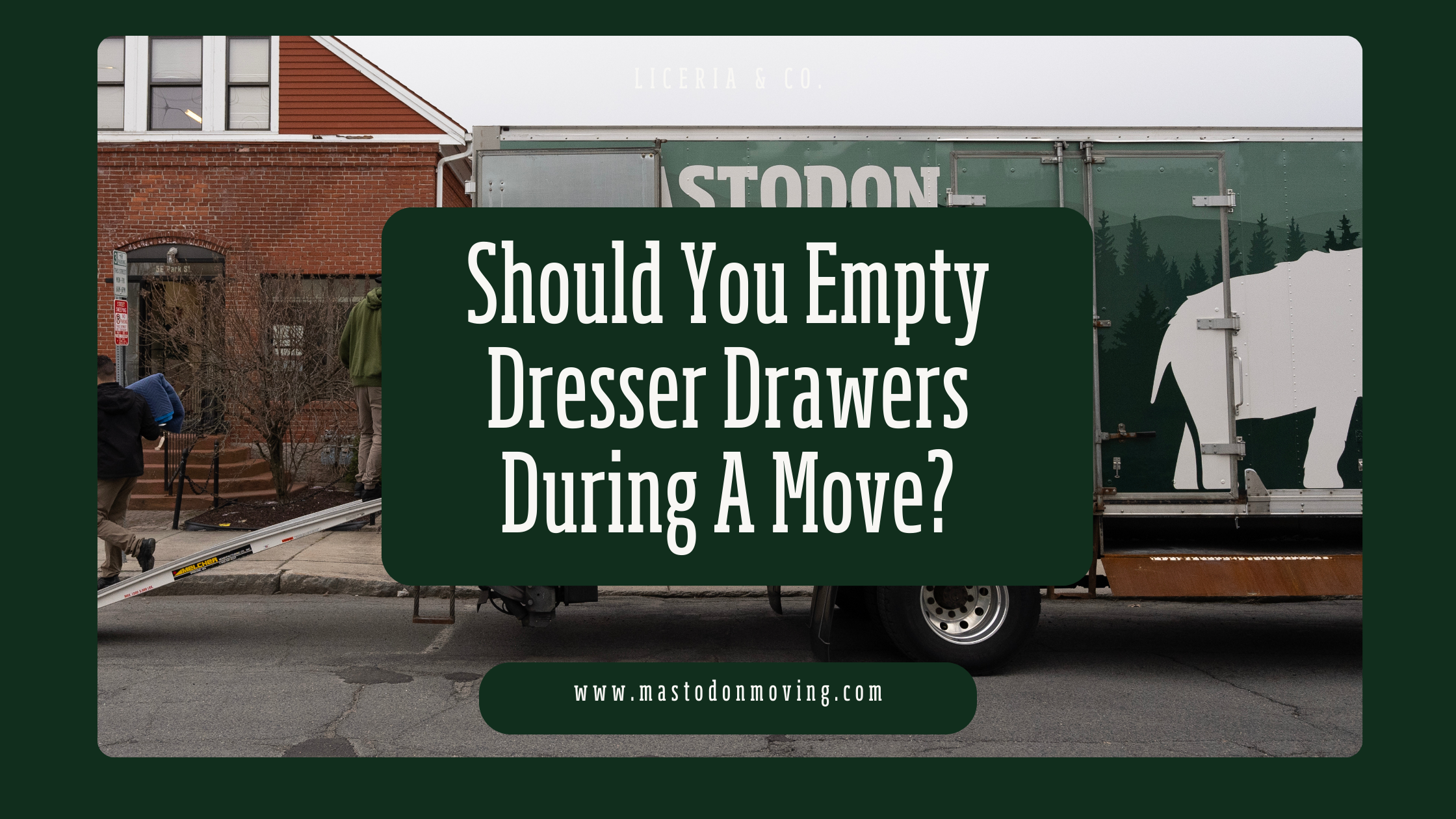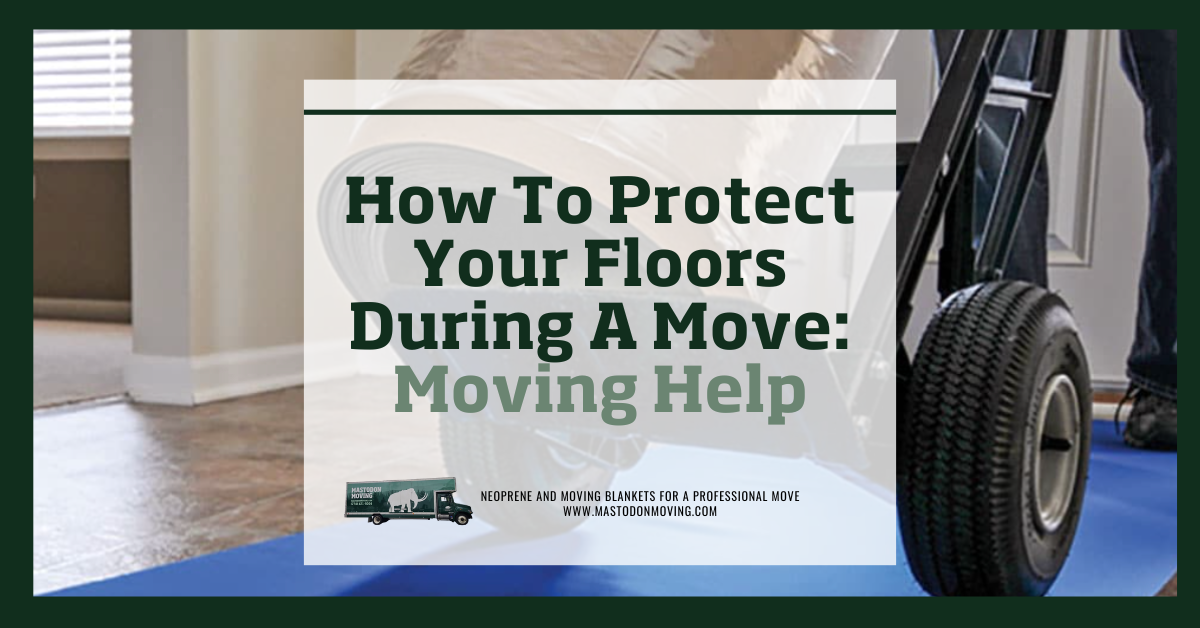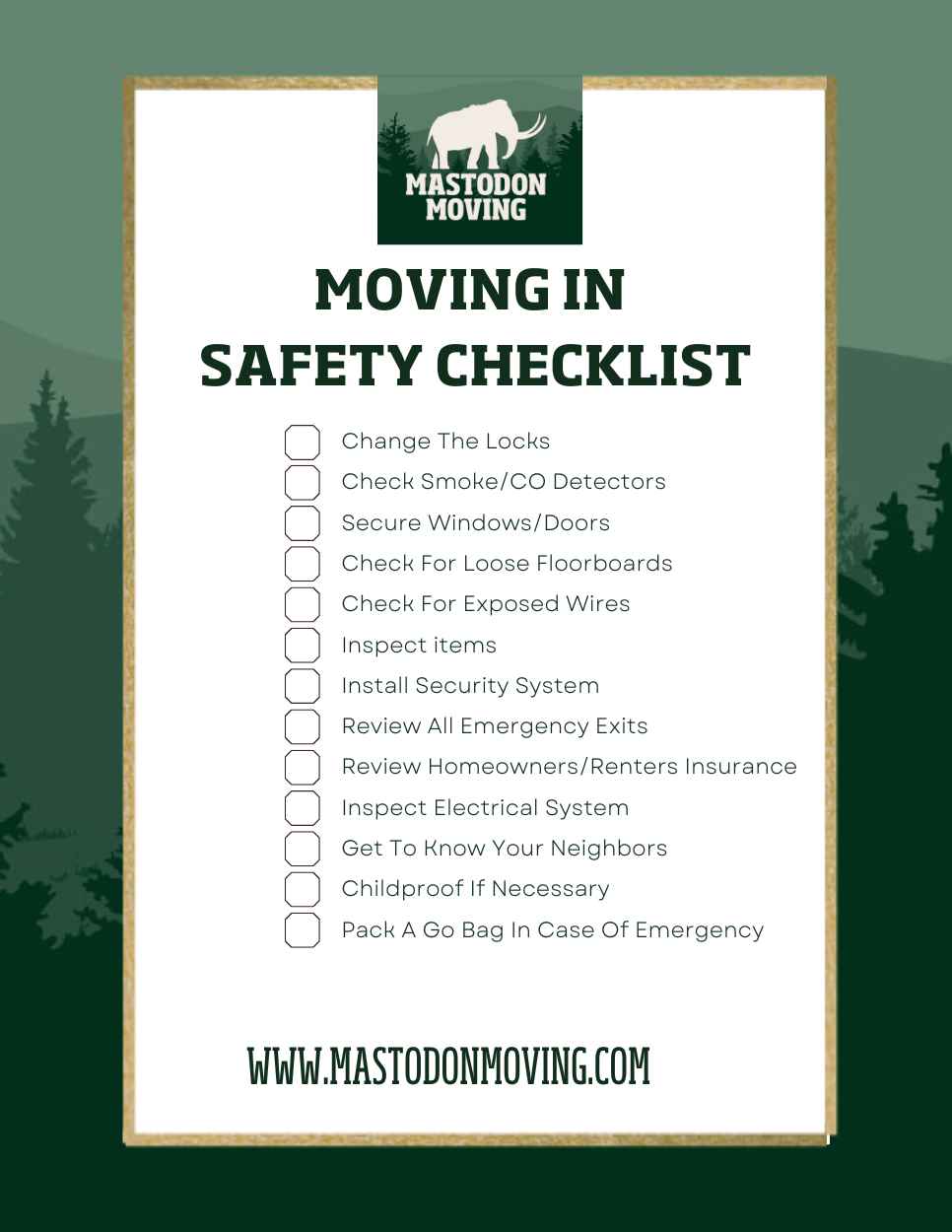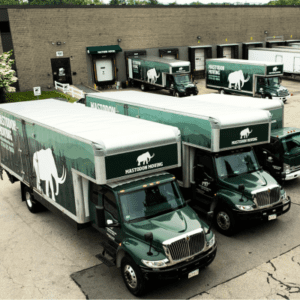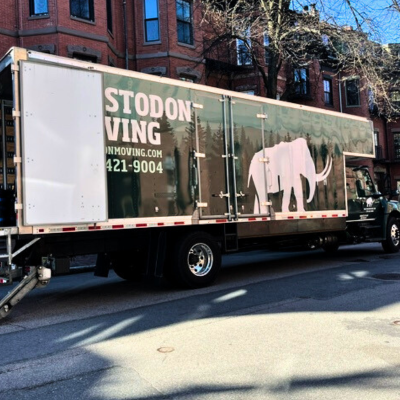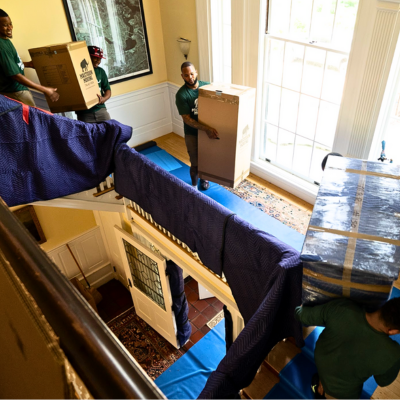Comprehensive Guide to Long-Distance Moving for Seniors
Long-distance moving can be a major life transition, especially for seniors. Whether you’re relocating to be closer to family, downsizing to simplify your lifestyle, or pursuing a new adventure, a well-planned approach is key to a stress-free move.
This guide will walk you through everything you need to know about long-distance moving for seniors, from choosing the right movers to planning every step of the journey.
Why Do Seniors Move Long Distance?
Seniors are moving long distances for a variety of reasons. Here are some of the most common:
1. To Be Closer to Family
Many seniors relocate to be near children, grandchildren, or other family members who can provide support and companionship.
2. To Enjoy a Better Climate or Lifestyle
Warmer weather or access to amenities like senior-friendly recreational activities, healthcare facilities, and active adult communities often inspire moves to new locations.
3. To Downsize
As maintaining a large home becomes more challenging, downsizing to a smaller, more manageable home or retirement community is an appealing option.
4. To Pursue New Opportunities
Retirement doesn’t mean slowing down for many seniors. Whether it’s traveling, pursuing hobbies, or enrolling in educational programs, seniors often relocate to areas that support these interests.
How to Plan for a Long-Distance Move
Moving long distances requires careful preparation. Here’s a step-by-step plan to ensure a smooth transition:
Step 1: Research Your Destination
Before you commit to a move, research your new location thoroughly:
- Housing Options: Look into retirement communities, senior apartments, or single-family homes.
- Healthcare Access: Ensure your destination has nearby healthcare providers and hospitals.
- Local Amenities: Consider access to shopping, dining, public transportation, and social opportunities.
Step 2: Create a Moving Timeline
Give yourself plenty of time to plan your move. A general timeline might look like this:
- 3-6 Months Before Moving Day: Decide on your new location and research moving companies. Begin decluttering and organizing.
- 2 Months Before Moving Day: Finalize arrangements with movers, start packing non-essential items, and update your address with institutions.
- 1 Month Before Moving Day: Pack essentials, schedule utilities at your new home, and confirm moving plans.
- 1 Week Before Moving Day: Pack a “move-in” box with essentials like toiletries, medications, and important documents.
Get our senior moving checklist here.
Step 3: Downsize and Declutter
Long-distance moves are an opportunity to lighten your load:
- Start Early: Begin decluttering several months before your move.
- Sort Items by Category: Separate belongings into categories: keep, donate, sell, or discard.
- Enlist Help: Ask family members to help or hire a professional organizer.
Hiring Long-Distance Movers for Seniors
Working with experienced long-distance movers can make all the difference. Here’s how to find the right team:
What to Look for in a Moving Company
- Experience with Senior Moves: Choose a mover who understands the unique needs of seniors, such as managing sentimental items with care and accommodating mobility needs.
- Full-Service Options: Many seniors benefit from full-service moves, including packing, loading, and unpacking.
- Licensed and Insured: Verify that the company is licensed for interstate moves and carries proper insurance.
 Questions to Ask Potential Movers
Questions to Ask Potential Movers
- What services do you provide for long-distance moves?
- Can you handle fragile or valuable items, such as antiques or artwork?
- Do you offer discounts for senior citizens?
- What is your estimated timeline for delivery?
Packing Tips for Seniors
Packing for a long-distance move requires strategy and care. Follow these tips to stay organized:
1. Pack Room by Room
Tackle one room at a time to avoid feeling overwhelmed. Label boxes clearly with the room name and contents.
2. Prioritize Essentials
Pack a separate bag or box with essentials you’ll need immediately upon arrival, including:
- Medications
- Toiletries
- Comfortable clothing
- Important documents
3. Use Quality Packing Supplies
Invest in sturdy boxes, bubble wrap, and packing tape to protect your belongings during transit. Learn more about packing services.
4. Pack Sentimental Items Carefully
Keep sentimental or irreplaceable items with you during the move rather than packing them with other belongings.
Managing the Emotional Side of Moving
Moving long distances can be emotionally challenging, especially for seniors leaving a long-time home. Here’s how to navigate the transition:
1. Take Time to Say Goodbye
Host a small gathering with friends and neighbors before you leave to celebrate your time in the community.
2. Focus on the Positive
Remind yourself of the reasons for your move and the opportunities that await.
3. Stay Connected
Make plans to stay in touch with loved ones, whether through phone calls, video chats, or visits.
How to Settle Into Your New Home
 Once you arrive at your new location, follow these steps to settle in comfortably:
Once you arrive at your new location, follow these steps to settle in comfortably:
1. Unpack Essentials First
Start with the essentials box you packed earlier. This ensures you have everything you need for the first few days.
2. Get to Know Your New Community
Introduce yourself to neighbors, explore local amenities, and look for groups or clubs that match your interests.
3. Establish a Routine
Creating a daily routine will help you adjust to your new surroundings and feel at home more quickly.
Conclusion: Simplify Your Long-Distance Move
Long-distance moves can be an exciting new chapter in life for seniors. With thoughtful planning, the right movers, and a positive mindset, you can make the transition smooth and stress-free.
Ready to make your move? Contact a trusted long distance moving company specializing in senior relocations to start planning today!

